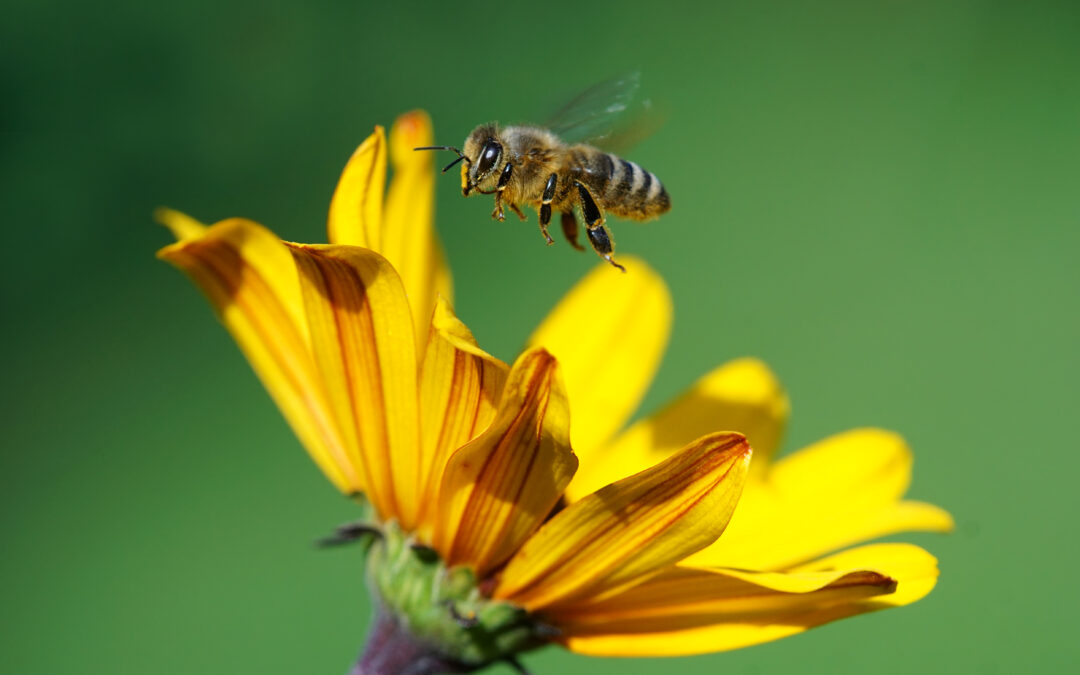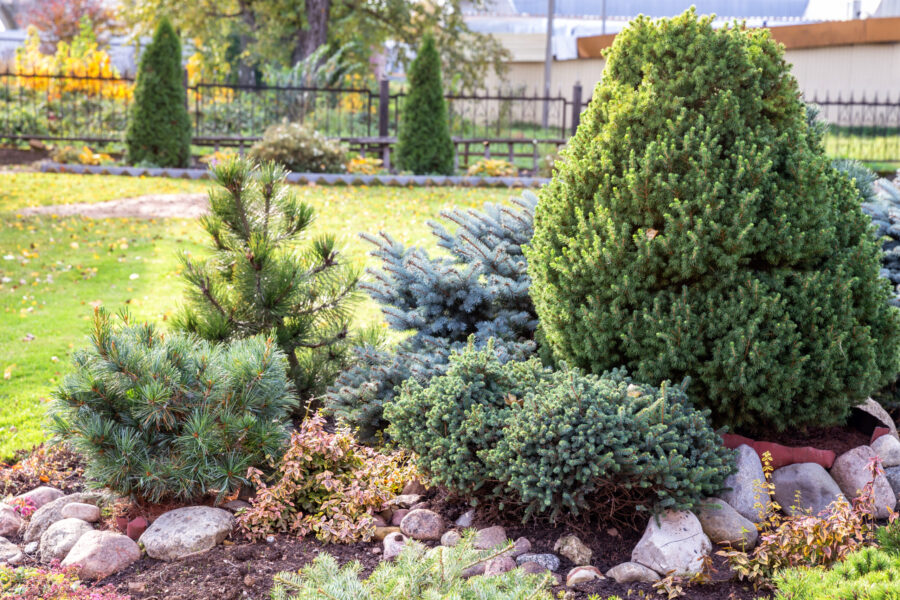Bees, along with sharks, are some of the oldest species on earth. A 100-million-year-old fossil was recently found! Globally, there are more of them than any other type of pollinating insect. Bees are essential for the world’s ecosystem and they are an essential part of biodiversity. Without a doubt, they contribute to complex, interconnected ecosystems that allow a diverse number of different species to co-exist.
Bees and Agriculture
Bees are the world’s most important pollinator of food crops. One third of the food we consume daily relies on pollination, mostly by bees. Around 80% of the US crop is said to be dependent on bees and they are responsible for $15 billion worth of US crops.
The bees also pollinate clover, wheat, hay, and alfalfa which are fed to animals. This underscores how much they support our livestock’s food, and impact the meat and dairy industry as well.
Many valuable food and nonfood products are manufactured from ingredients dependent on bee pollination. Cotton and flax production are significantly impacted by bee pollination. The bee also produces beeswax which is used in household, cleaning, and beauty products.
Bees and Nature
The environment relies on these tiny workers as well. Bees are responsible for pollination of wild plants. These plants sustain our environment through being a food source for wild animals and other benefits. Bees also pollinate trees which provide us with oxygen as well as wood and other products.
Bees do more than just pollinate. We know they produce honey, which is a food source for the bee, for us, and for wild animals. They not only give us food, they are also an important part of the food chain themselves. At least 24 species of birds and many species of insects prey on bees.
Bees create elaborate hives for their colonies, but they also help build homes for millions of other insects and animals. They pollinate the plants that become other habitats for countless other creatures.
What is Happening to Bees?
We know that bees are such an essential part of the ecosystem, but they are at great risk. Between October 2018 and April 2019 40% of US bee colonies died. This is the highest winter loss in 13 years. These die-offs are primarily the result of the bees losing their habitats to farming and urbanization. Fields of wildflowers that were once protected as pesticide and mower free zones are now being paved over for housing and industry.
- Fertilizers and pesticides are also culprits. New pesticides affect the bee’s nervous system, and they are unable to orientate themselves and fly.
- Climate change has also impacted the bee. When unexpected warm snaps occur in the weather, the bees believe that it is time to end their hibernation and they leave the hive. They do not return to the hive when the temperature drops again and are not there to keep the queen warm and she freezes to death. Without a queen, the colony leaves in search for a new queen, but often do not find one.
- Varroa mites have arguably been the biggest cause of bee decline in the past 20 years. These creepy creatures feed on the blood of bees and their larvae, weaken and shorten the bee’s lives, and can cause broods to be born with defects
- Colony collapse disorder, CCD is a term used to describe the sudden and unexplained decline of a single group of beehives. No one can say what causes CCD but hypotheses include pesticides, fungicides, climate change, electromagnetic radiation, lack of nutrition, and pathogens.
Where is the Trend Leading?
The research determined that the total mass of all insects on the planet is decreasing by 2.5% per year and that if the trend continues the earth may have no insects left by the year 2119 – less than 100 years! Insects are going extinct 8 times faster than mammals, birds, and reptiles. Since the 1990’s the bee population has fell 87%.
Researchers are referring to this rapid decline in biodiversity as the sixth mass extinction. This time, though, the cause is not natural such as an ice age or asteroid, but human. Human activities — namely deforestation, habitat destruction, mining, and carbon-dioxide emissions that contribute to global warming are all factors in the loss of species.
Be a Bee Hero
We’re pulling for the bees, and even if it’s for selfish reasons, it’s important for us to keep on top of their situation. There are things that you can do to help honeybees.
- Try to curb some of your behaviors that contribute to climate change.
- Become a beekeeper, or simply buy local honey.
- Force companies to stop using neonicotinoids.
- And, while you’re at it, share this article.
Albert Einstein is reported to have said that if the honeybees were to disappear from the Earth, humans would be gone within 4 years. Let’s hope he is wrong, but then again, he was known to be an intelligent guy. At Aisling View we care about the bees too. We can help you be sure that your landscape is doing what it can to protect bees and help them thrive.
Are you on Facebook? We are, too. Let’s be friends!







Recent Comments